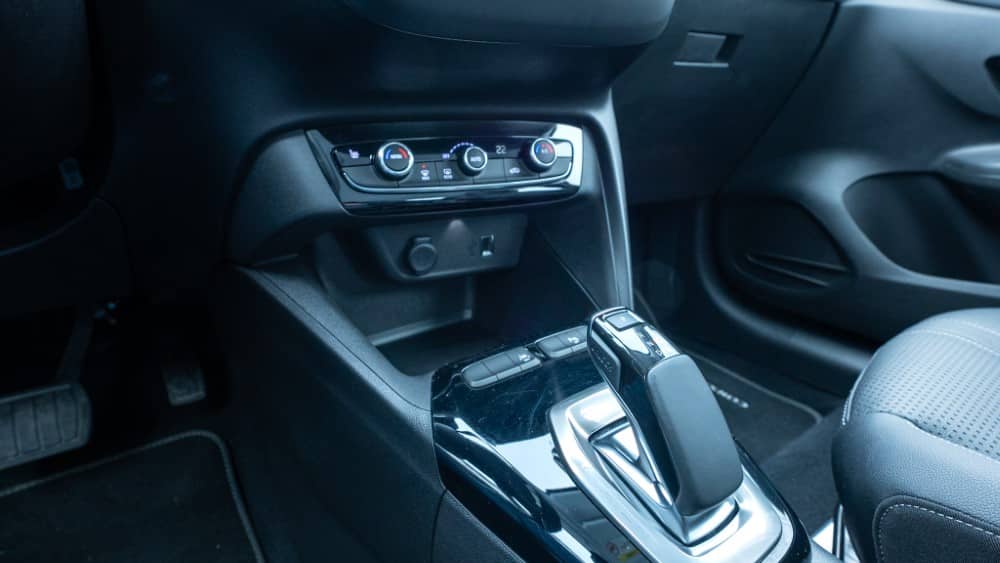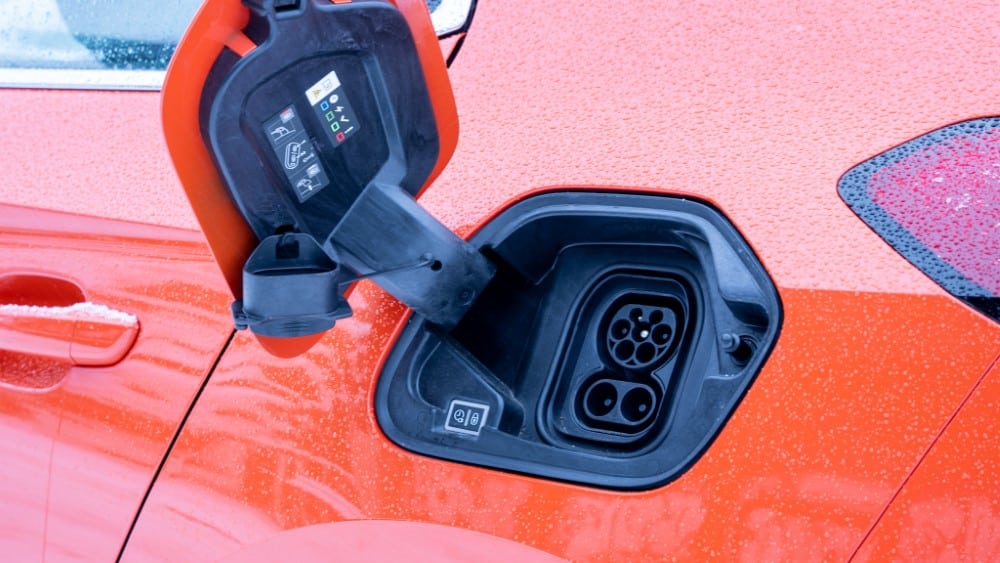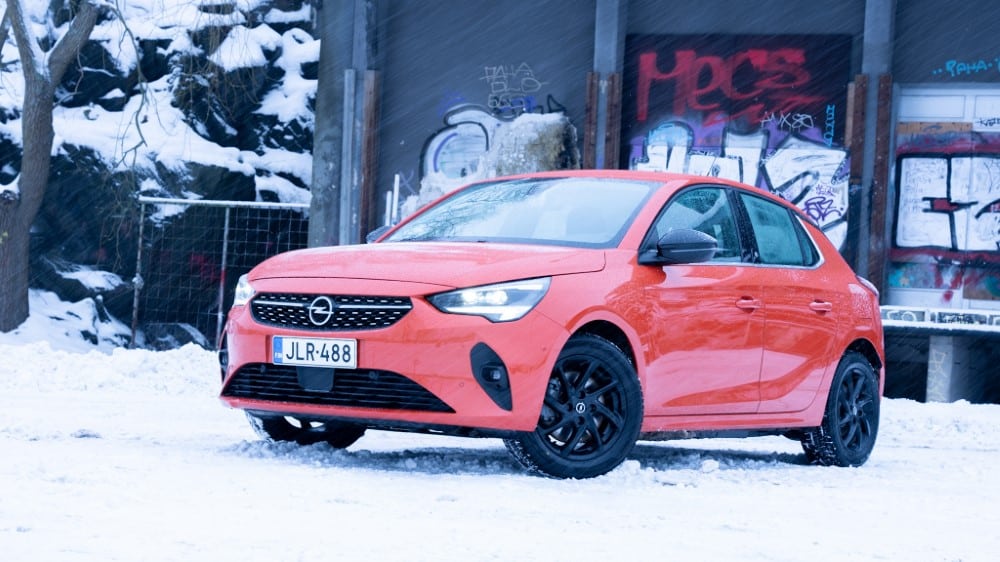Before drawing too direct a conclusion about Opel’s quality in the world of small electric cars, it is worth noting that the Corsa-e is clearly not alone in increasing electricity consumption as temperatures fall.
The test drive took place during a week with temperatures at best above 20 degrees Celsius, and snow conditions in southern Finland were the “best” in the country. The cold is a nuisance for electric cars if no thought is given to their “proper use”.
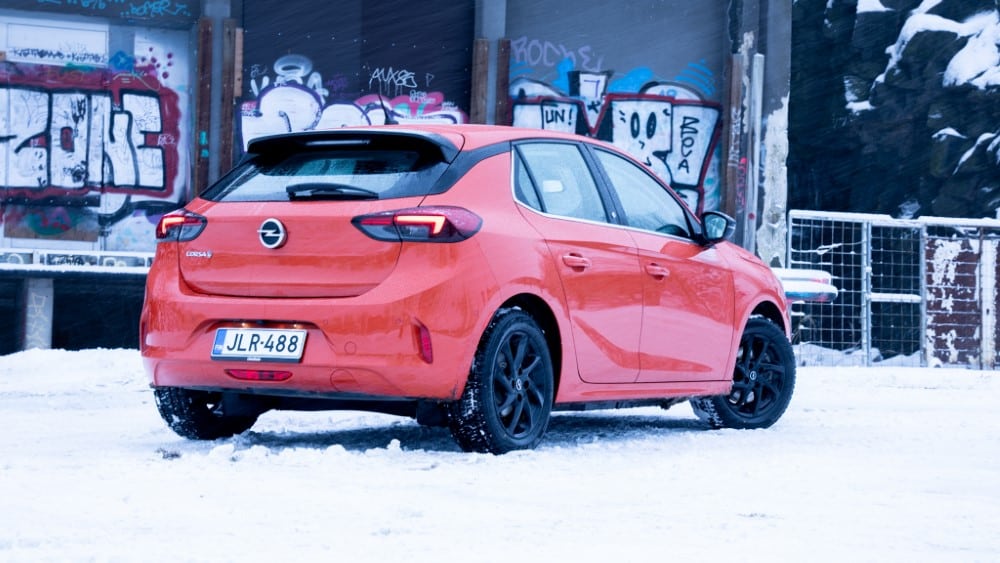
A great winter car, especially in the city
As a winter car, the Corsa-e, like other electric cars, is pleasant for a number of reasons. The interior of the car warms up quickly. The extra mass provided by the batteries, which in the case of the Corsa-e is around 500 kg more than the internal combustion engine model, makes for a quieter and more decisive drive when the roads are slippery.
The uninterrupted power provided by the electric motor, combined with the excellent traction control, makes the front-wheel-drive car move much more effortlessly than an internal combustion engine car.
The test conditions were as snowy as you could hope for in southern Finland. The weather conditions gave Corsa an excellent opportunity to show how the car performs in winter conditions, which have been few and far between in the south in recent years.

The list of good winter characteristics mentioned above could go on, but there are also challenges.
For the Corsa-e with a 50 kWh battery capacity, Opel promises a range of up to 337 kilometres. Of course, conditions would require at least clean roads to get anywhere near these ‘laboratory test results’.
In normal urban/urban driving, electricity consumption ranged between 23 and 30 kWh/100 km. Actual winter consumption seemed to be a challenge to measure when there was more snow than the plow trucks could clear from the road. Given the weather conditions, even in very challenging conditions, the electric Corsa can drive at best 200 km on a full battery.
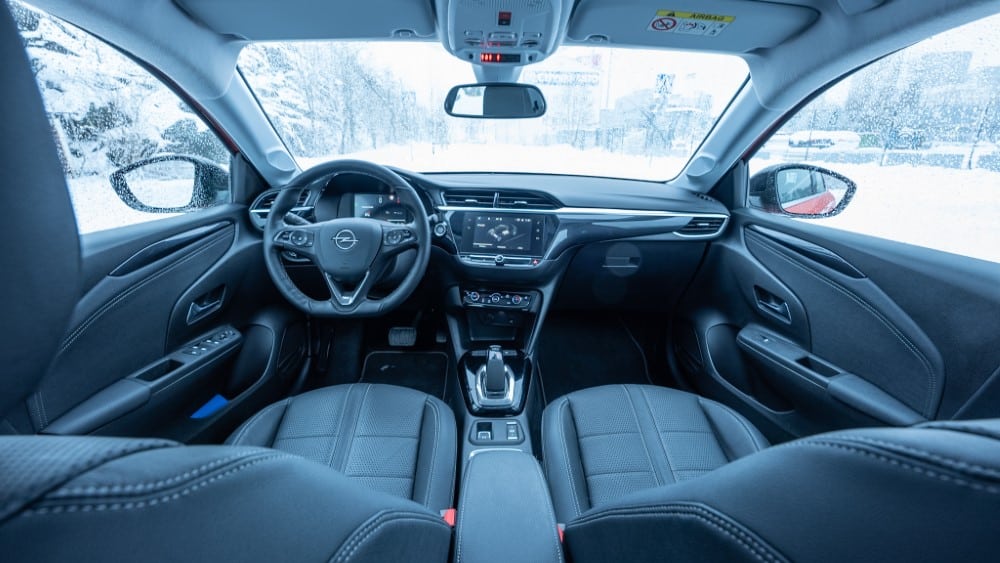
In severe frosts and on short journeys, heating the car’s interior and battery consumes considerable energy, which can make winter operation difficult for someone who only uses a city street parking space. Electricity consumption on short journeys of a few kilometres and in freezing temperatures can reduce the operating range to around 100 km at worst.
Home charging allows the car to be pre-heated with mains electricity, which means no problems with high electricity consumption, and the car can travel 200 kilometres on a single charge in all weathers.

Stiff handling
The Corsa is best described as an easy car to drive. The steering and brake pedal have a nice response, avoiding the excessive boost that is typical of many small cars. The steering is a little numb in the mid-range, but otherwise there’s little to complain about in terms of ride quality.
The 136 horsepower of the electric motor propels the Corsa-e briskly forward, and there are no complaints about the ride. The lag-free electric motor power and 260 Nm of torque are palpable in a car of this size, even if the acceleration time is only 8.1 seconds from zero to 60. Again, the electric car manages to surprise with its fun time and time again.
The cabin is spacious. In terms of design, the cabin is a few years behind the competition. In practice, the all-black cabin does little to stimulate the visual senses. In terms of usability, there is nothing wrong with the cabin, and the standard equipment list is quite comprehensive for a car of this size.
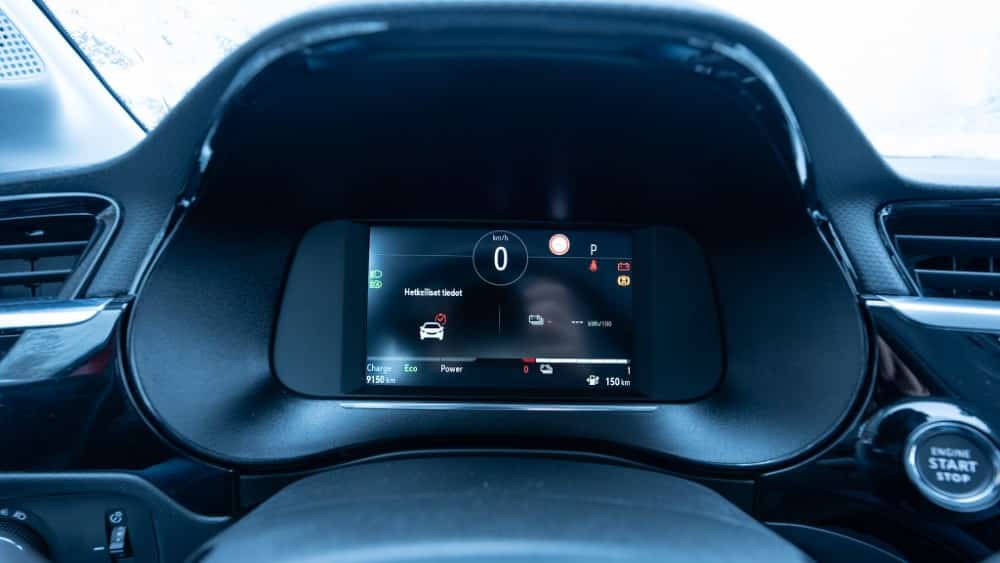
As standard, the Corsa-e always includes rain sensing, Apple CarPlay & Android Auto connectivity, a 7-inch touchscreen in the dashboard, keyless start and traffic sign recognition to name a few standard features.
Good space for the front passengers eats up cents, especially in the rear passenger legroom. Outward visibility is also good when looking over the shoulder to the blind spot. Luggage space in the electric Corsa is limited to 267 litres. The Corsas with a combustion engine have a boot capacity of 309 litres.
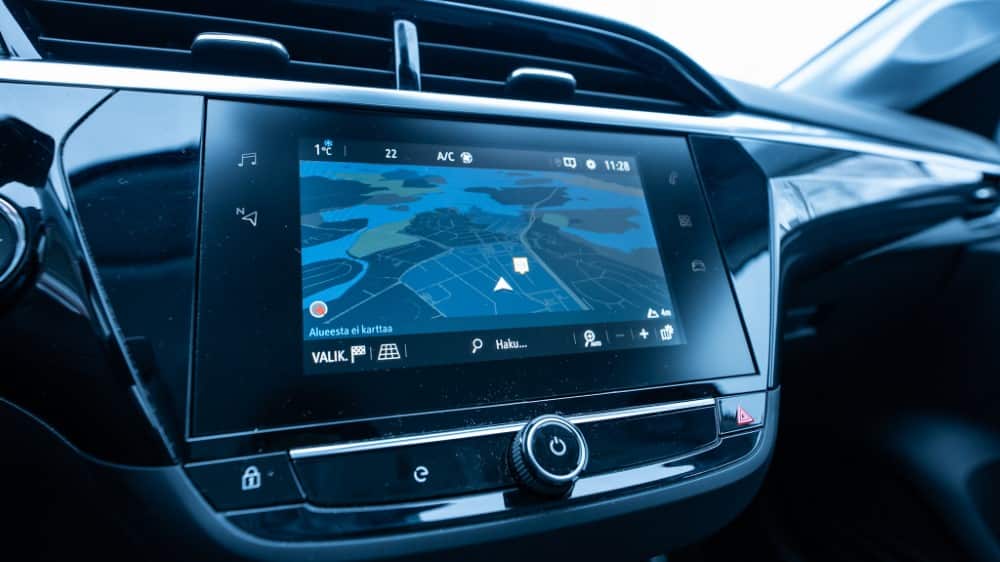
More power from the charger – even quickly if necessary
The car’s in-car charger receives AC power at a maximum of 11 kW, which means it takes around 5 hours to fully charge the battery. From the fast-charging stations (CCS), the Corsa-e receives power at a maximum of 100 kW, giving an 80% charge in up to 30 minutes and a full charge in about an hour.
The Corsa-e doesn’t really surprise in any area, but on reflection, no real downsides emerge from the four-day test drive. The Corsa-e is a steady performer that gets from A to B in the electrifying world of motoring with ease.
Only the price seems to be too high for many small electric cars. The price of the test car with the better Innovation Plus equipment came to just under €39,000.

Opel Corsa-e Innovation Plus
- Electric motor power: 100 kW / 136 hp
- Electric motor torque: 260 Nm
- Drive battery capacity: 50 kWh
- Indicated range on a single charge: 337 km
- Test-driven range on a single charge: 150-200 km (in sub-zero temperatures)
- Acceleration: 8.1 sec (0-100 km/h)
- Combined consumption: 16.5-16.8 kWh/100 km
- CO₂ emissions: 0 g/km
- Test drive consumption: 23-30 kWh/100 km
- Kerb weight: 1530 kg
- Drive mode: front-wheel drive
- Boot space: 267 l
- Starting price: €35 251 (Comfort trim: €33 712)
- Test drive price: €38 818
